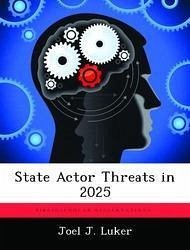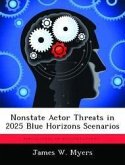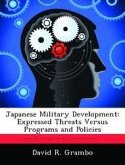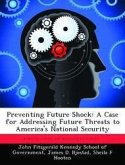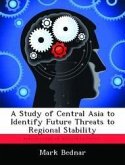To evaluate properly the utility of a proposed technology, especially one developed for military purposes, one must also understand the context in which the developer will employ that technology. This is because the enemy is always trying to counter one's capabilities and render them ineffective. In addition, the military never operates freely - certain political considerations always govern (and restrain) the use of military force. As a result, when trying to determine the technologies in which the USAF should invest, the context in which they will be employed becomes paramount. To that end, the paper develops four scenarios surrounding state actor threats in the year 2025. The Wishful Thinking scenario describes a state whose military is materials-based and fights the US military in a large-scale, force-on-force conflict. The Information Immobilization adversary will also attempt to fight the US on the regular battlefield, but will do so using information-based systems to counter USAF capabilities.
Hinweis: Dieser Artikel kann nur an eine deutsche Lieferadresse ausgeliefert werden.
Hinweis: Dieser Artikel kann nur an eine deutsche Lieferadresse ausgeliefert werden.

